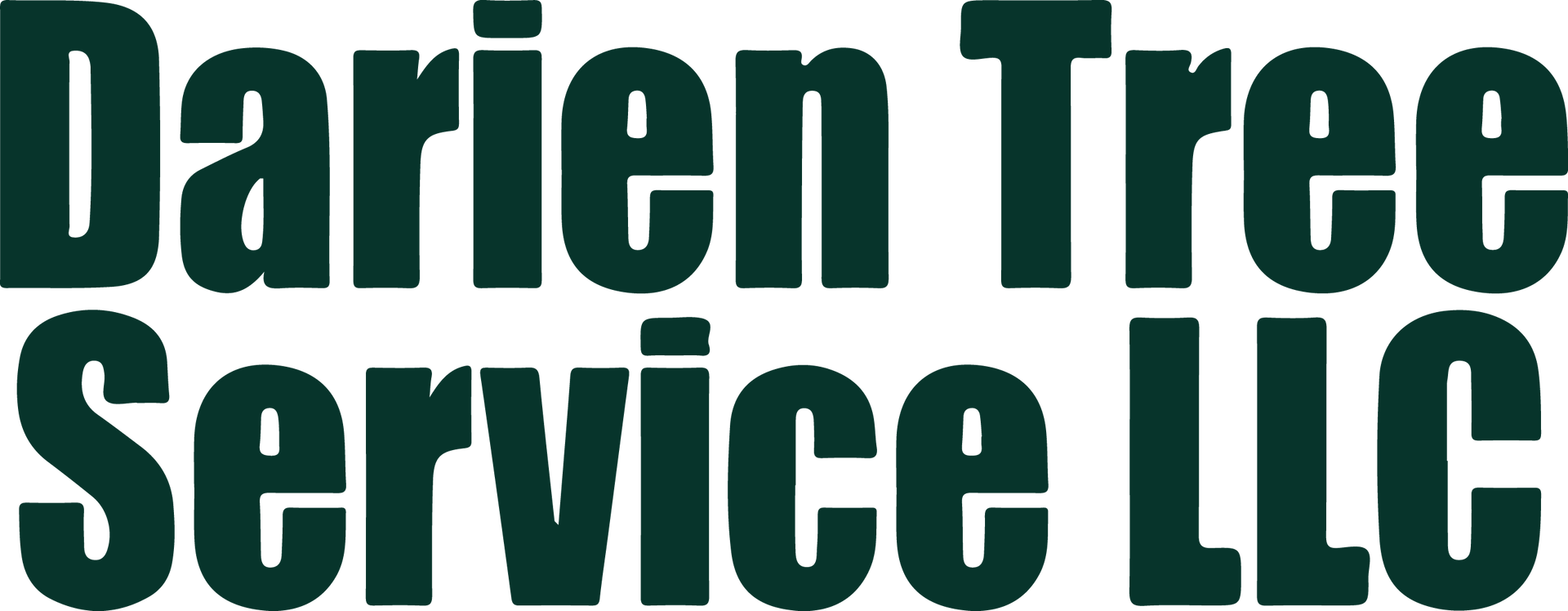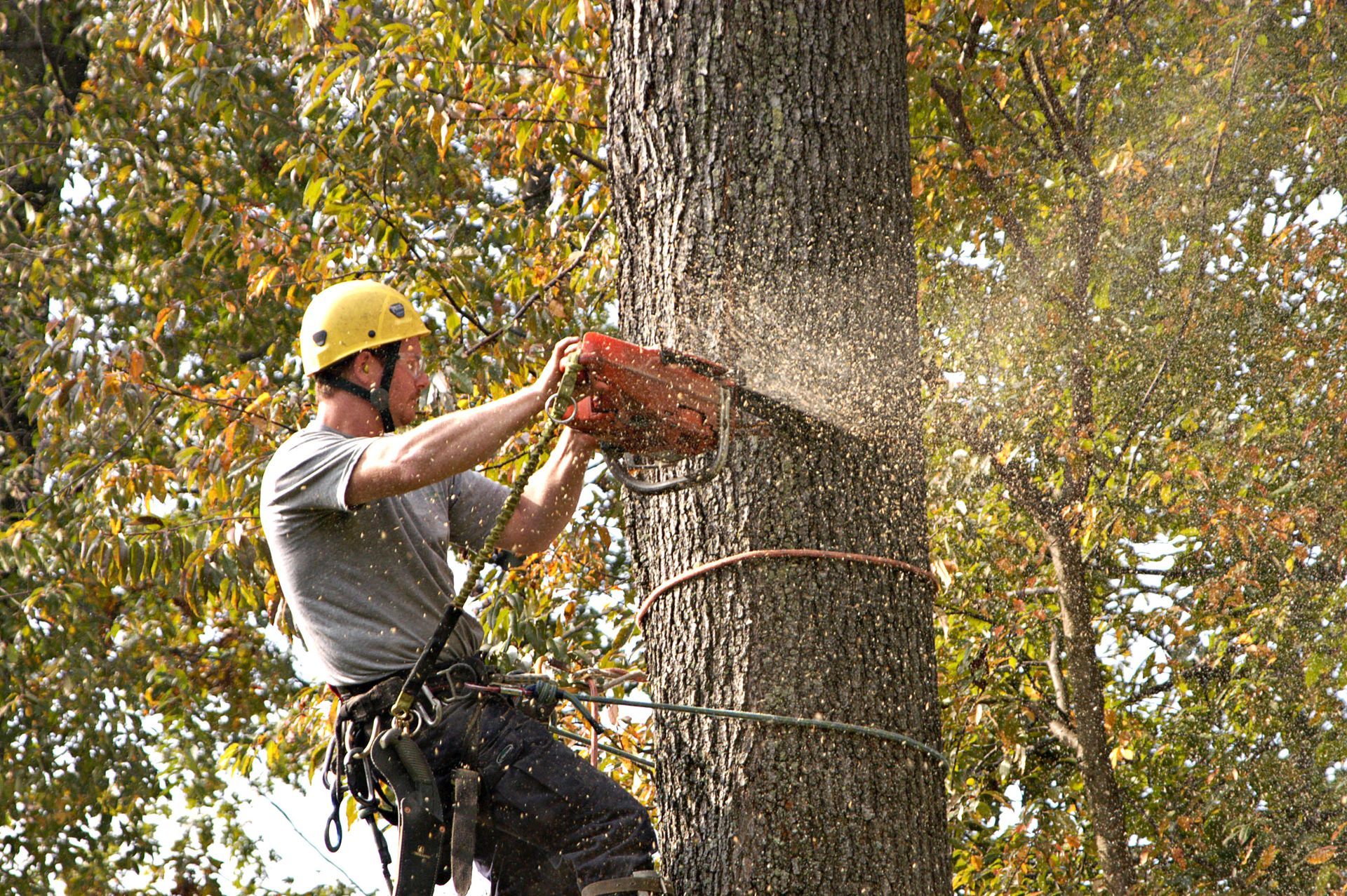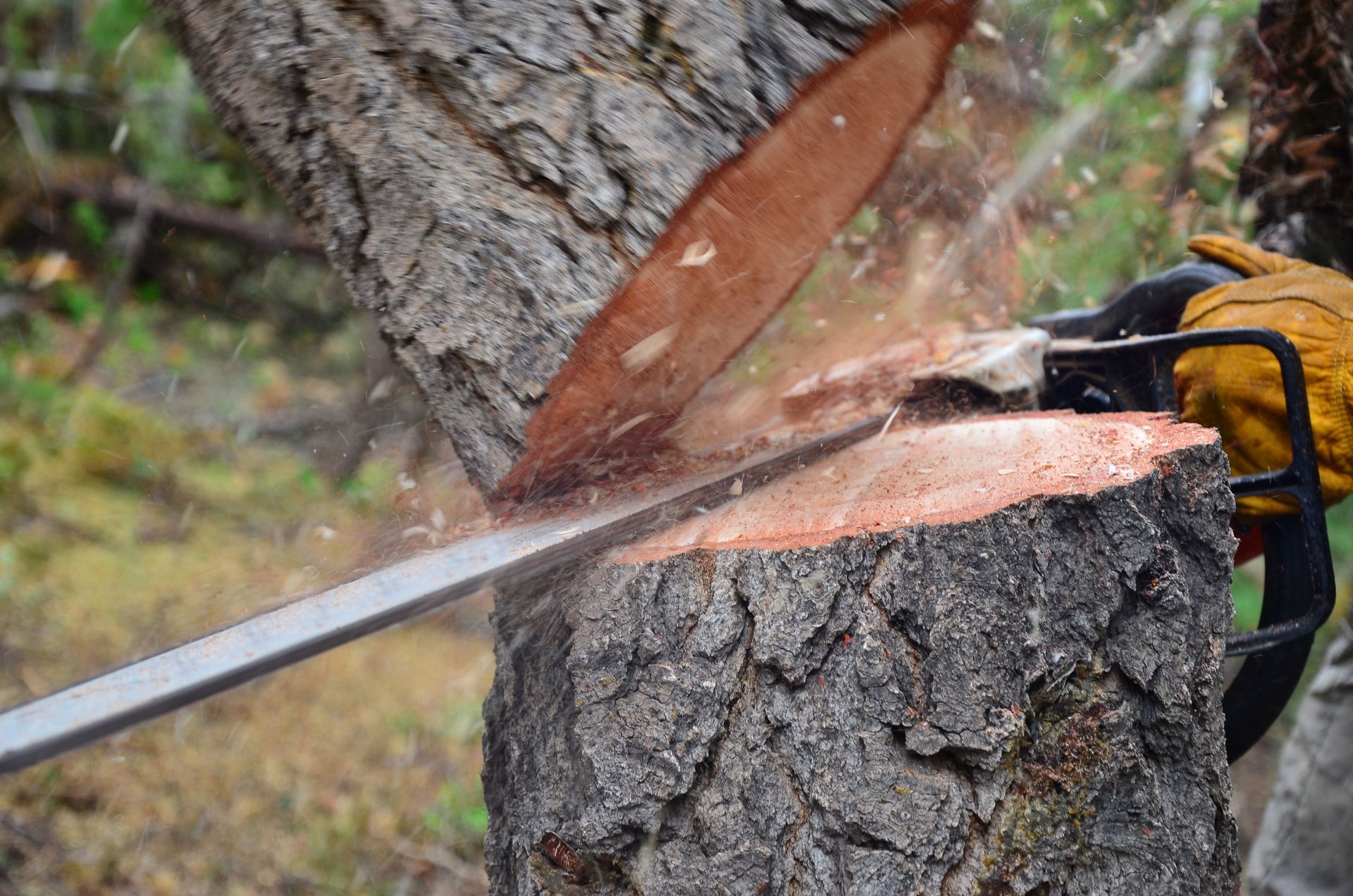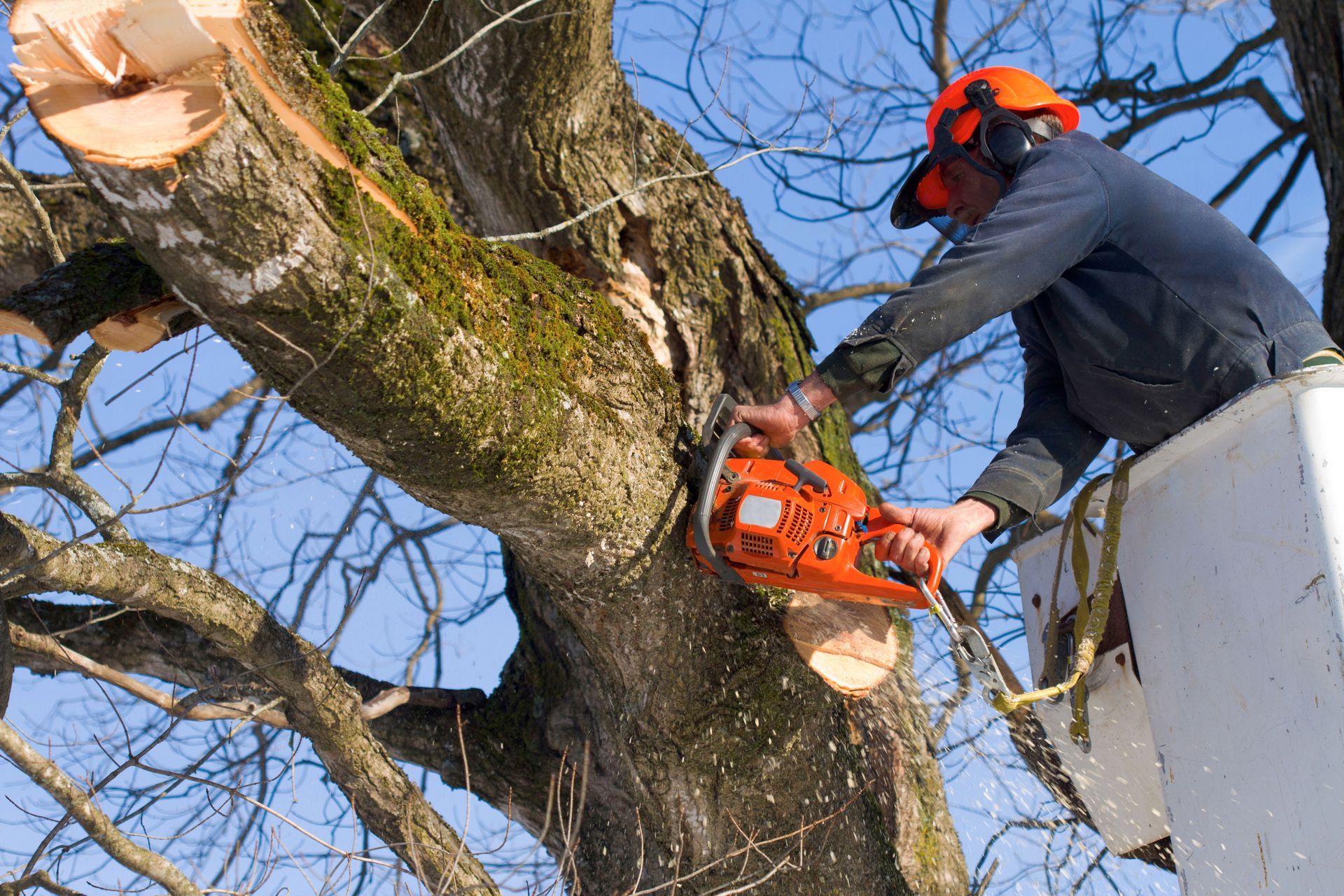7 Signs It’s Time to Remove a Tree From Your Yard
Trees bring beauty, shade, and value to any yard. In fact, research has shown that planting large trees can increase property values anywhere from 3% to 15%, according to the Arbor Day Foundation. They provide cooling, improve air quality, and even offer a sense of calm and connection to nature. However, there are times when a tree no longer serves your property in a positive way, whether due to disease, structural problems, or safety concerns. Recognizing when it’s time to remove a tree ensures that your yard remains safe, attractive, and healthy. Here are seven key signs to look for when deciding to call professional tree removal services.
1. Noticeable Signs of Disease
One of the most common reasons for removing a tree is disease. Trees are susceptible to a variety of illnesses, from fungal infections to bacterial or viral threats. Visible fungal growth, such as mushrooms or conks at the base or along the trunk, often indicates internal decay. This decay compromises the structural integrity of the tree, making it more likely to fall during storms or high winds. If fungal growth appears, it’s crucial to act quickly and consult professional tree removal services to prevent potential damage.
Leaves are also strong indicators of tree health. Discolored, misshapen, or prematurely falling leaves can signal underlying disease or nutrient deficiencies. Trees should exhibit healthy, vibrant foliage, particularly during the growing season. Persistent discoloration, spots, or curling leaves may indicate an infection that the tree cannot fight on its own. Observing changes in the leaf canopy regularly can help you catch problems before they escalate.
Pests are another red flag. Insects such as borers, carpenter ants, or aphids often attack weakened trees. Holes in the bark, sawdust at the base, or visible insect colonies can indicate that the tree is compromised. Trees infested with pests are less likely to survive long-term and can spread insects to nearby plants. Calling tree removal services ensures the tree is safely removed and prevents infestations from affecting the rest of your yard.
2. Signs of Structural Instability
Structural instability is a major indicator that tree removal may be necessary. A tree that leans significantly or develops a sudden, unnatural tilt could be experiencing root or trunk issues. While some trees grow at a slight angle naturally, a progressive or sharp lean increases the risk of the tree falling. Leaning trees pose a direct threat to homes, vehicles, and people. Arborists can evaluate whether corrective measures are possible, but in many cases, tree removal services are the safest option.
Cracks, splits, or large cavities in the trunk or major branches are also warning signs. These openings not only compromise structural integrity but also serve as entry points for disease and pests. Branches under stress may eventually break off, particularly during storms, creating hazards for anyone nearby. Consistent inspection and pruning can help, but severe structural issues often necessitate professional tree removal.
Shallow or compromised roots are another concern. Trees with roots that do not anchor deeply or are damaged by construction, soil compaction, or erosion may be at higher risk of toppling. A tree with an unstable root system can cause damage if it falls unexpectedly. Tree removal services assess root health and provide safe solutions, ensuring the risk is mitigated.
3. Proximity to Structures or Utilities
Trees growing too close to homes, fences, driveways, or underground utilities can create significant problems. Roots may lift foundations, crack sidewalks, or invade sewer and water lines. Branches scraping against roofs or siding can cause gradual damage over time. If a tree is too close to essential structures, removal may be the most practical solution to prevent ongoing repair costs.
Trees near power lines are particularly hazardous. Branches swaying in the wind can lead to electrical shorts, outages, or even fires. While utility companies may trim nearby trees, trees that are too close or growing unpredictably often require removal. Professional tree removal services can handle these situations safely, protecting both your property and the surrounding area.
Trees that block access or visibility in your yard are another consideration. Large trees obstructing driveways, walkways, or sightlines can create practical and safety issues. Removing the tree may improve functionality, aesthetics, and safety in your outdoor space. Consulting tree removal services ensures that removal is performed efficiently and without damaging nearby property.
4. Excessive Impact on Other Plants
Trees are part of an interconnected ecosystem in your yard, but some can overshadow or outcompete other plants. Large, dense canopies cast significant shade, limiting sunlight to lawns, gardens, or flowers that require more light. Plants struggling under excessive shade may fail to thrive, leading to uneven growth and bare patches in your yard. Regularly evaluating how trees impact surrounding vegetation can inform decisions about removal.
Competition for soil nutrients and water is another issue. Mature trees often absorb the majority of available resources, leaving nearby plants undernourished or stunted. Smaller shrubs, flowers, and even grass can suffer when a dominant tree monopolizes essential nutrients. Tree removal services can help determine whether removing a tree would restore balance and vitality to your yard.
Some trees also have allelopathic properties, meaning they release chemicals that inhibit the growth of nearby plants. In mixed gardens or vegetable beds, these trees may prevent other vegetation from flourishing. Removing such trees may be necessary to maintain a healthy, diverse garden environment while supporting the long-term growth of other plants.
5. Unmanageable Maintenance
Maintenance demands are a practical consideration when deciding to remove a tree. Large trees require frequent pruning to maintain safety, health, and aesthetics. Over time, pruning may become costly or difficult to manage, especially for homeowners without professional equipment or expertise.
Excessive leaf, fruit, or branch drop can create ongoing cleanup challenges. While seasonal debris is normal, trees that shed constantly can make outdoor spaces less enjoyable and more labor-intensive to maintain. For homeowners with busy schedules or limited resources, removal may be the most practical choice.
Oversized trees can also interfere with yard use. Branches may block sunlight, pathways, or recreational spaces, limiting your ability to enjoy your property. In these situations, tree removal services provide a safe, efficient solution to reclaim your yard and reduce maintenance burdens.
6. Signs of Age or Decline
Trees, like all living organisms, have natural lifespans. Aging trees may display thinning canopies, reduced leaf production, brittle branches, or hollowed trunks. As trees reach the end of their natural life cycles, they become more prone to disease, pests, and structural failure. Understanding the expected lifespan of your tree species helps you anticipate potential risks.
Visible stress in older trees is another signal. Leaf drop outside normal seasons, dieback of branches, or slow growth may indicate that a tree is declining and may soon become hazardous. Routine inspections by certified arborists can determine whether intervention or removal is necessary.
Regular evaluations provide historical insight into a tree’s health, allowing homeowners to make informed decisions. Arborists assess the balance between preserving tree legacy and ensuring safety. In cases where risk outweighs benefit, tree removal services offer a professional, controlled approach to safeguard property and family members.
7. Potential for Hazardous Conditions
Trees showing repeated signs of hazard—leaning branches, decay, pest infestations, or root instability—pose immediate danger. Leaving such trees untreated can result in property damage, injuries, or even more extensive landscape disruption. Proactive removal is the safest way to mitigate these risks.
Professional tree removal services not only eliminate the immediate threat but also handle the process safely, efficiently, and with minimal disruption to your yard. Trained specialists have the equipment and expertise to remove even large or complex trees while protecting surrounding structures and vegetation. Recognizing these seven signs helps maintain a safe, functional, and visually appealing yard. Trees are valuable assets, but when they become a liability, timely removal ensures both safety and aesthetics are preserved. Decisions about tree removal should always involve careful assessment and, when needed, the expertise of professionals. Engaging certified tree removal services guarantees a thorough, safe, and efficient solution that protects your home, family, and landscape. For expert tree care and removal, trust Darien Tree Service LLC.





Share On: